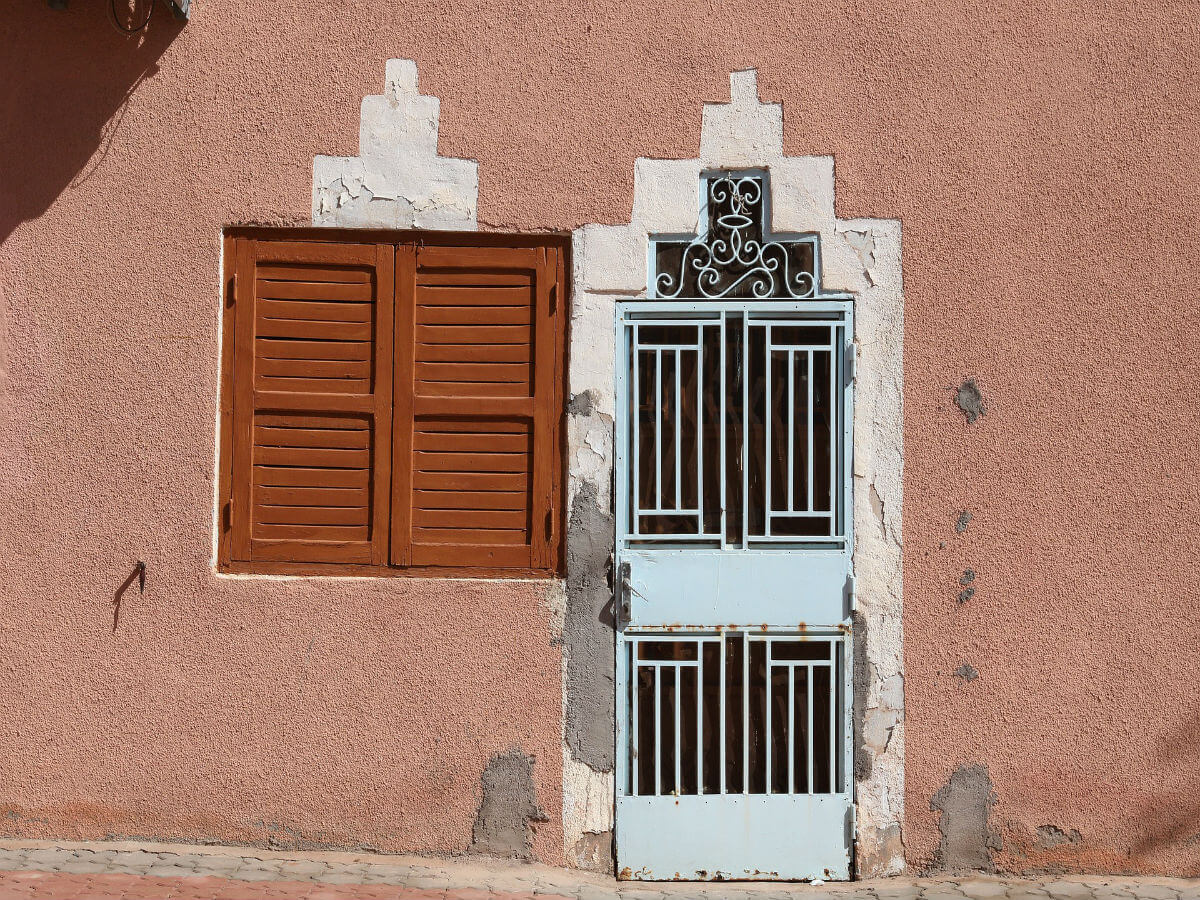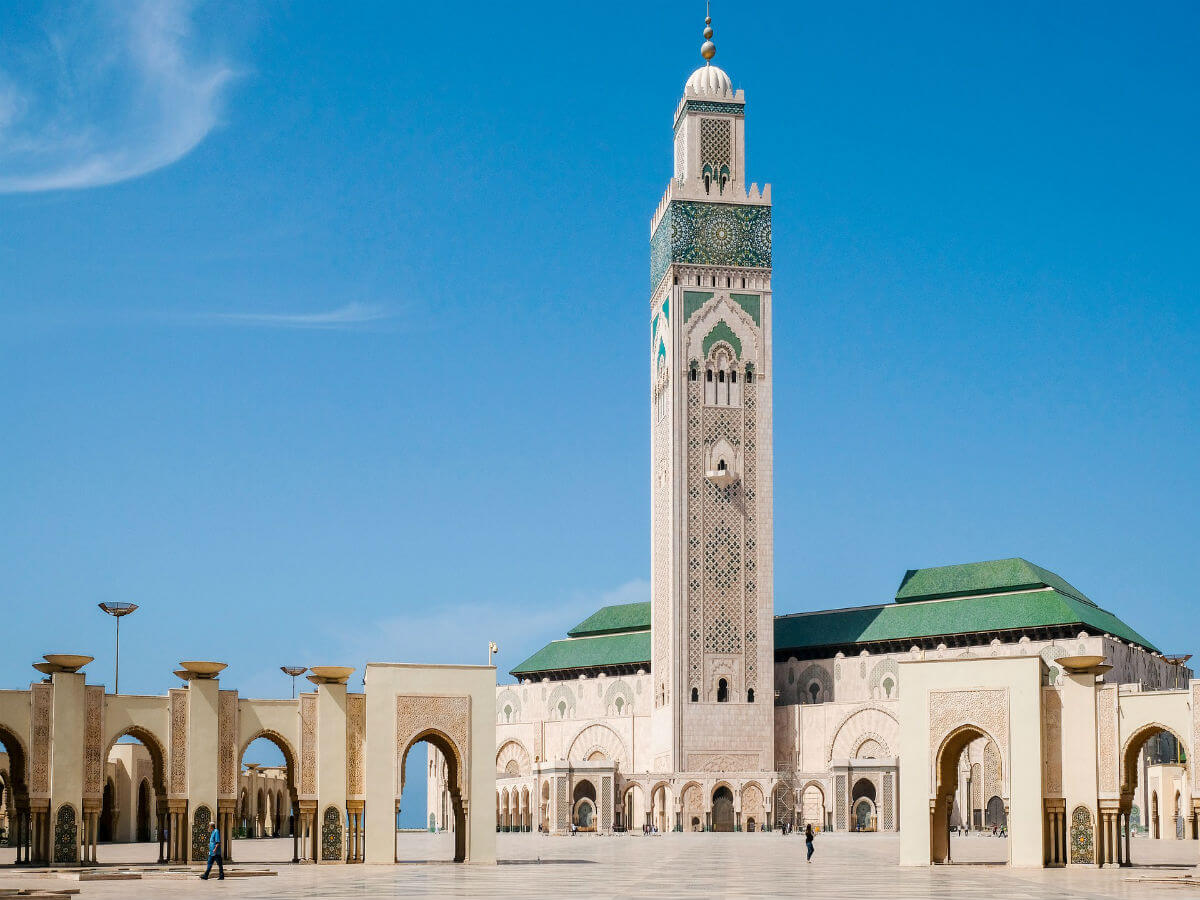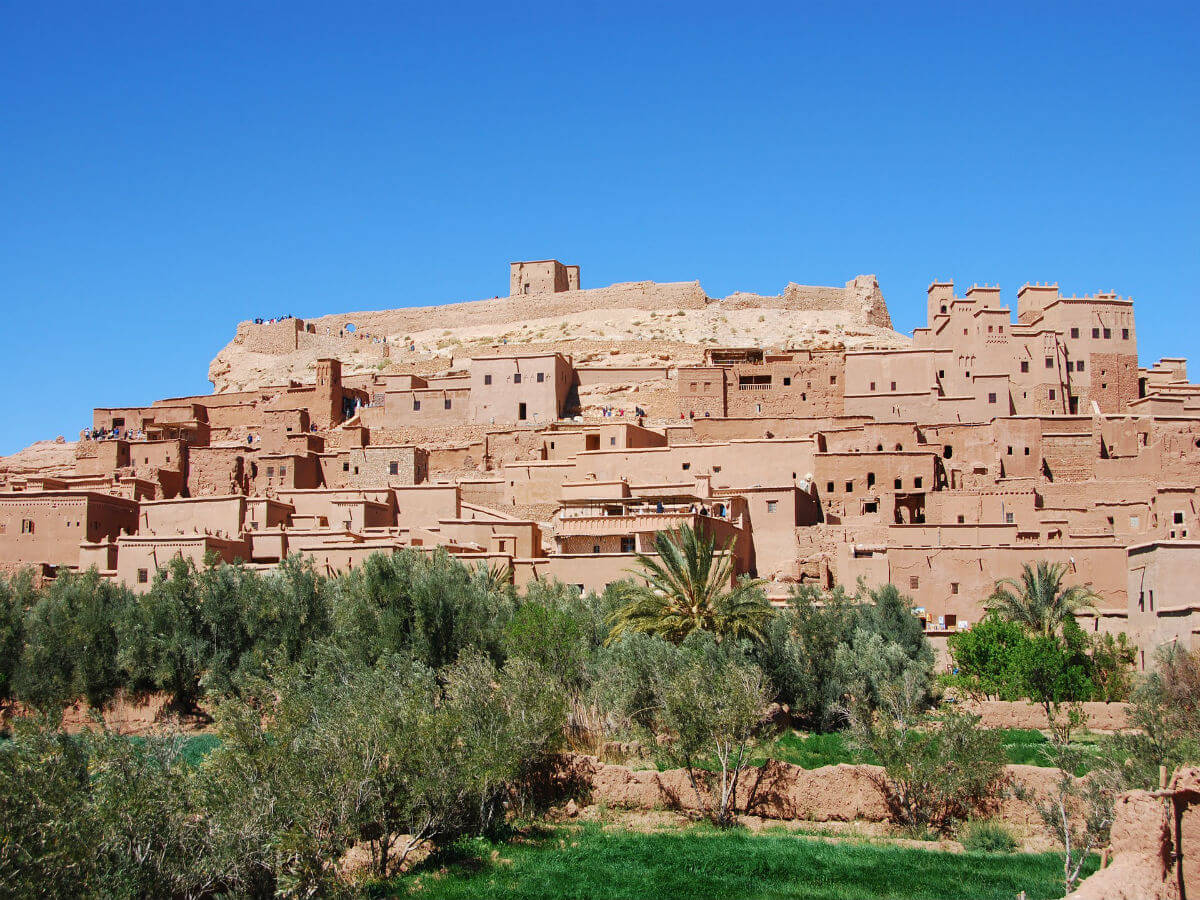Tour Packages
Morocco Tour Packages
SUPER DEAL PRICE
STARTS FROM
per person on twin sharing
ATMs are common in cities, less so rurally.
Credit cards are accepted, especially in tourist areas.
Banks are readily available in urban areas.
The legal drinking age in Morocco is 18.
Moroccan residents are famous for their hospitality.
Morocco - Visitors Statistics

Annually
1,45,00,000
Male51%
Female49%
By Purpose
Couples
For Newlywed Vacations
Family
For Family Vacations
Top Visitors from India
Mumbai
Delhi
Bengaluru
Chennai
Kolkata
Hyderabad
Pune
Ahmedabad
Jaipur
Lucknow
Everything You Need to Know About Morocco
Explaining Morocco’s geography is fun. Not many know it is in North Africa, not Middle East Asia. And yet, it borders Spain, a European country. Also, most Moroccans identify as Berbers or Amazigh, even though the country is a part of the Arab League. The Moroccan Map is equally confusing, with three different versions available, depending on whether Western Sahara is recognised. If your idea of Morocco is limited to the markets of Marrakesh, the stylish city of Casablanca, and exquisite cuisine, you must check out our Morocco tour package to learn what makes this country unique.
View All Morocco Tour Packages
FAQs:
Book Your Dream Vacay Today!


















